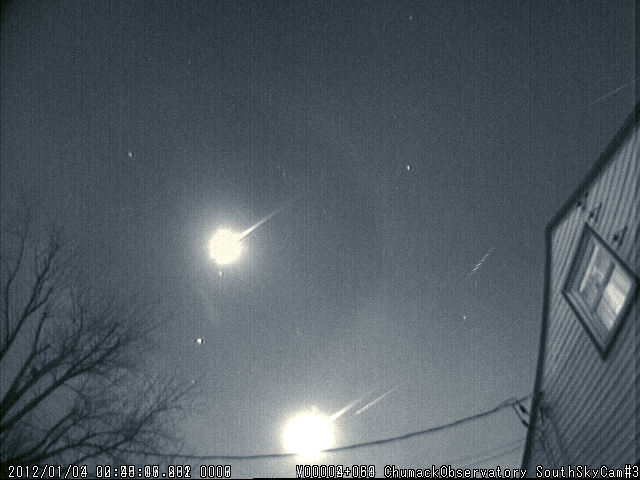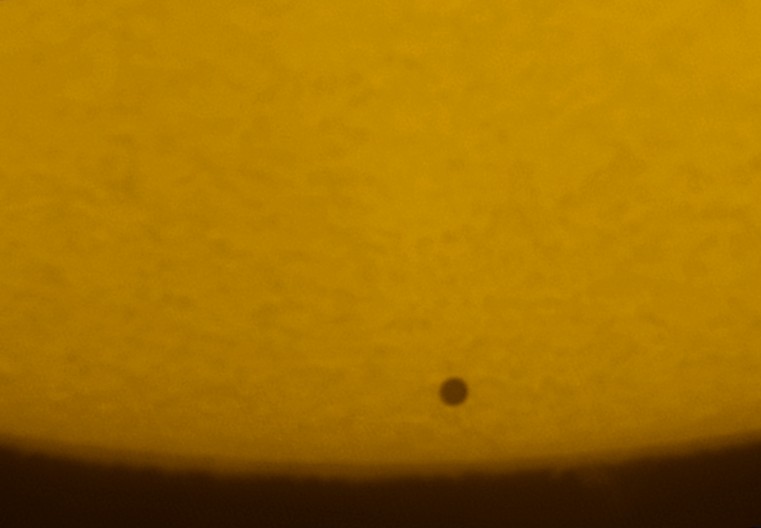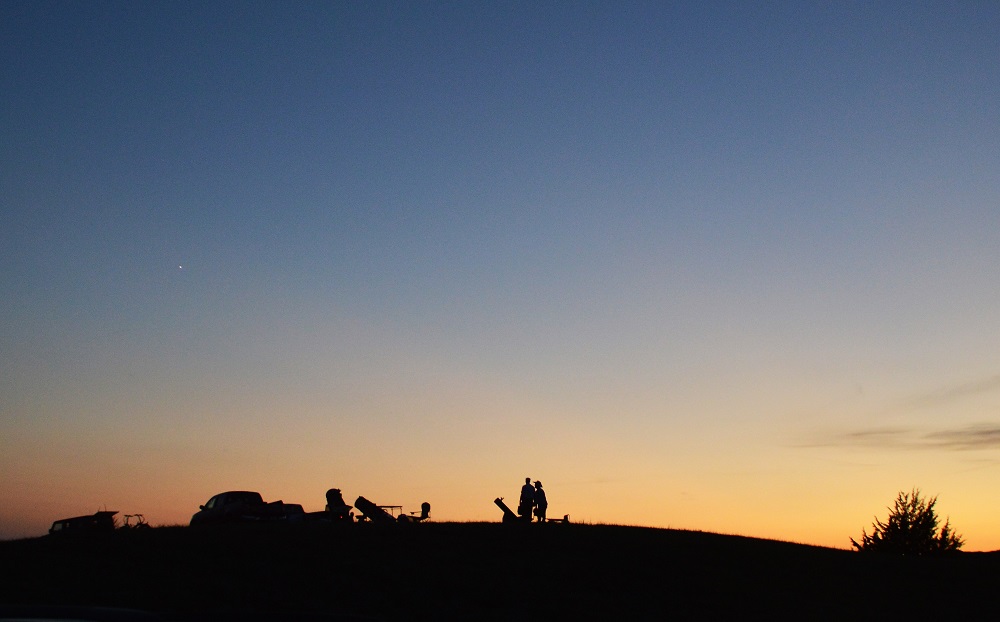It’s strange but true. We may not fully understand one of the simplest metrics in observational astronomy: just what time does the Sun rise… really?
Continue reading “When Does the Sun Rise… Really?”Amazing Images From Sunday’s Total Lunar Eclipse as Observers Spy Impact Flash
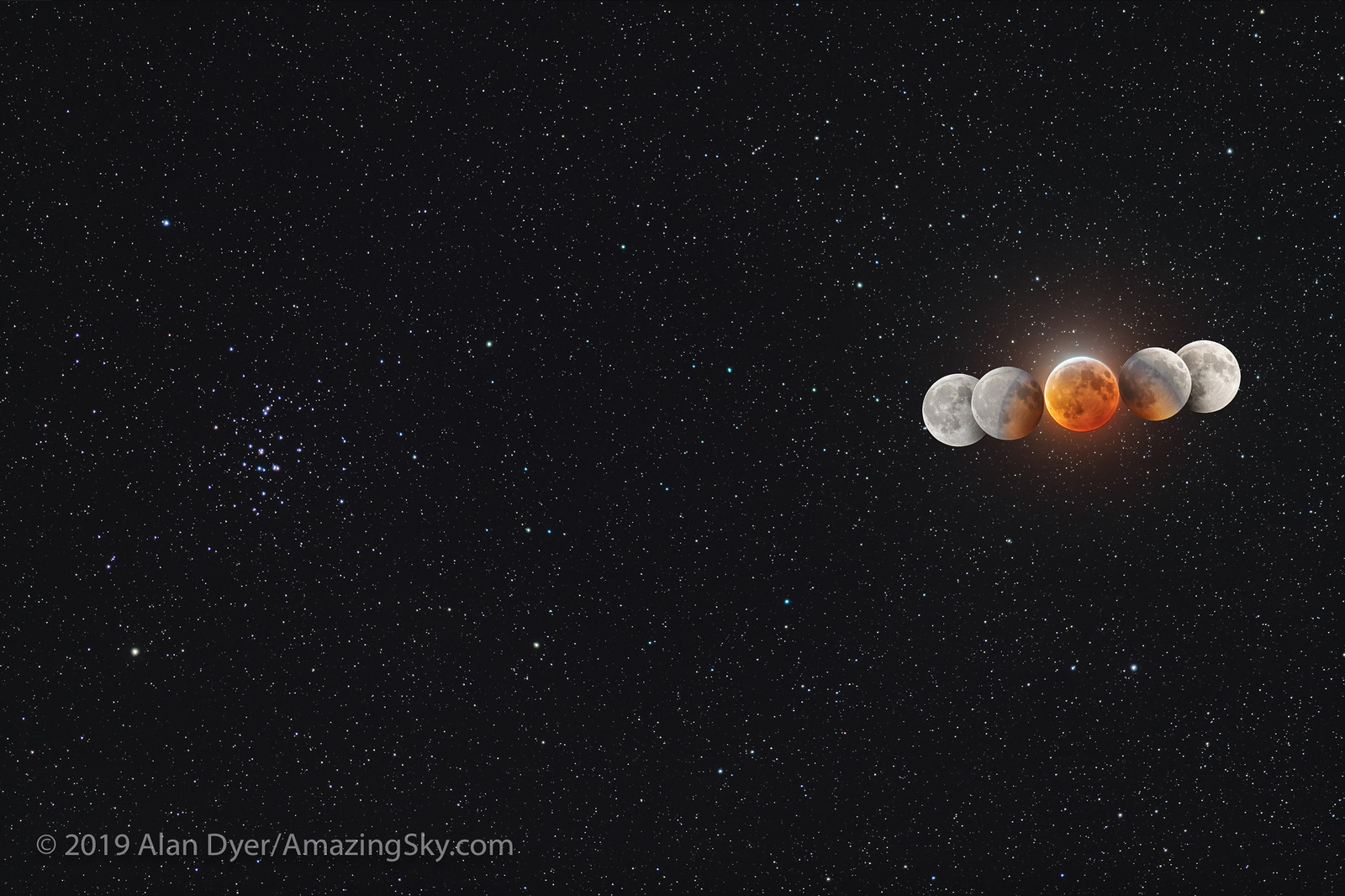
Wow. Sunday night’s total lunar eclipse offered an amazing view, and for a few astute observers, a little surprise.
Continue reading “Amazing Images From Sunday’s Total Lunar Eclipse as Observers Spy Impact Flash”Jupiter Meets Venus at Dawn in a Close Conjunction
You might be asking yourself: Where have all the planets gone?
With Mars past its epic opposition in 2018 and still lingering in the evening sky, all other naked eye planets are loitering in the early dawn for January 2019. Sure, it’s cold outside this month for folks up north, but January dawn skies offer early risers an amazing view, as Jupiter closes in on brilliant Venus for a close conjunction on the morning of January 22nd.
Continue reading “Jupiter Meets Venus at Dawn in a Close Conjunction”Our Complete Guide to the January 21st Total Lunar Eclipse
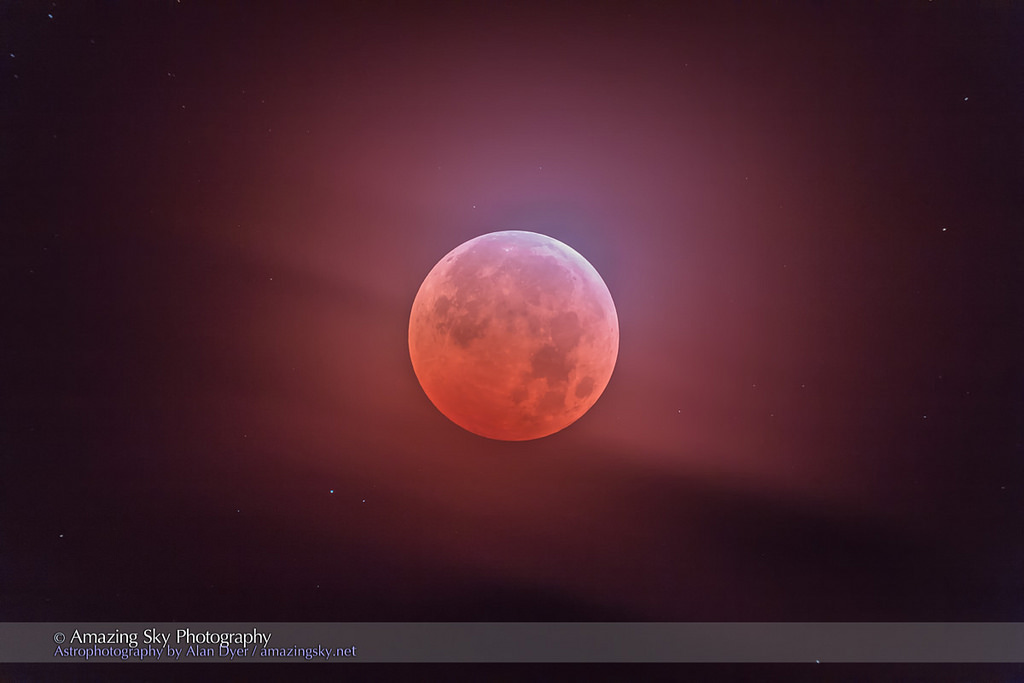
By now, you’ve heard the news. One of the top astronomy events for 2019 is coming right up on the night of January 20th into the morning of the 21st with a total eclipse of the Moon. There’s lots of hype circulating around this one, as it assumes the meme of the “SuperBloodWolf Moon eclipse” ’round ye ole web.
Continue reading “Our Complete Guide to the January 21st Total Lunar Eclipse”Quadrantid Meteors Kickoff a Busy January 2019
Happy New Year! The beginning of the first month of the year is always a busy one for astronomy, and January 2019 is no different, as the Earth reaches perihelion, the Quadrantid meteors peak, and a partial solar eclipse crosses the Pacific… all this week. Continue reading “Quadrantid Meteors Kickoff a Busy January 2019”
Top Astronomy Events For 2019
You might’ve heard the news. We wrote a book this past year: The Universe Today’s Ultimate Guide to Observing the Cosmos: Everything You Need to Know to Become an Amateur Astronomer. Judging from reader feedback thus far, one of the most popular parts of the book is Chapter 10, where we list the top astronomical events by year for the coming six years. True story… we picked six (2019 to 2024) to stretch out the list to touch on the April 8th, 2024 total solar eclipse. Continue reading “Top Astronomy Events For 2019”
Get Ready for the 2018 Geminid Meteors
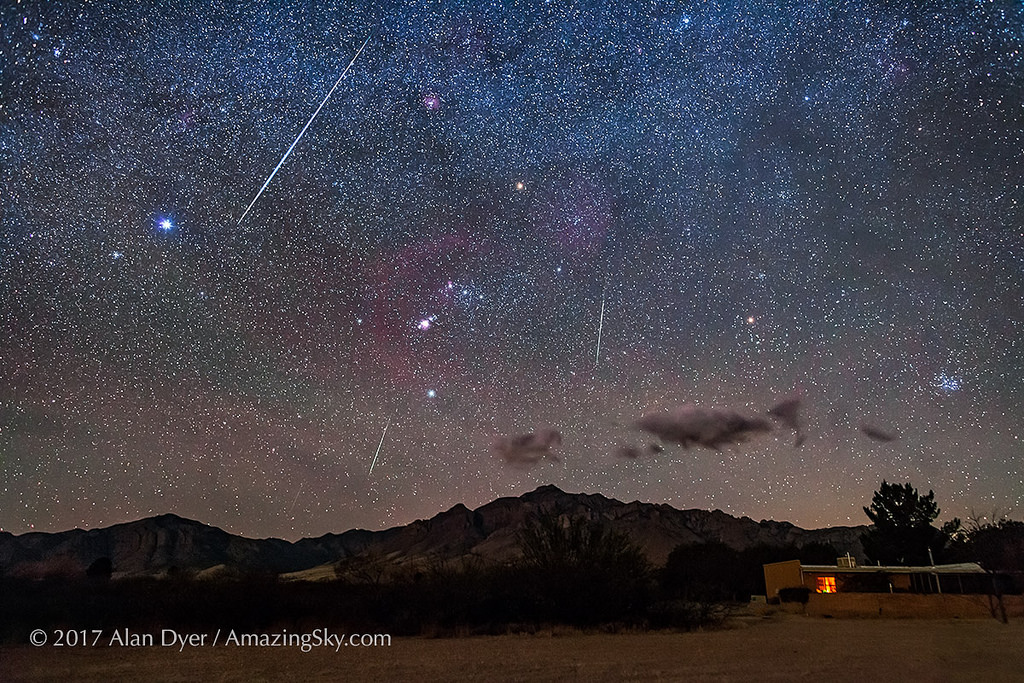
When it comes to meteor showers, the calendar year always seems to save the best for last. We’re referring to the Geminid meteor shower, one of the sure fire bets for dependable meteor showers. In fact, in recent years, the Geminids have been upstaging that other yearly favorite: the August Perseids. If the Geminids did not occur in the chilly (for the northern hemisphere) month of December, they’d most likely get a better rap. Continue reading “Get Ready for the 2018 Geminid Meteors”
On the Astronomy Trail in Nebraska
It’s a never-ending quest for observers, lovers of the night sky and astrophotographers. Where to go to get away from encroaching light pollution, and find truly dark skies?
Most of us think of distant sites such as Death Valley, the Kalahari Desert or the Canary Islands when it comes to dark skies. And while it’s true that many observers are now traveling farther and farther away from home in search of truly dark skies, that trip need not be as far as you think.
We had the opportunity to visit one such often overlooked dark sky gem: the state of Nebraska. From fossils to aeronautics and astronomy, there’s lots of science to explore in the Cornhusker State. Though the state has a rich science heritage, and an active amatuer astronomy community, Nebraska is an often overlooked dark sky haven. But science tourism is also becoming increasingly popular, and Nebraska has lots to offer.
Continue reading “On the Astronomy Trail in Nebraska”
A 2018 Outburst From the December Andromedids?
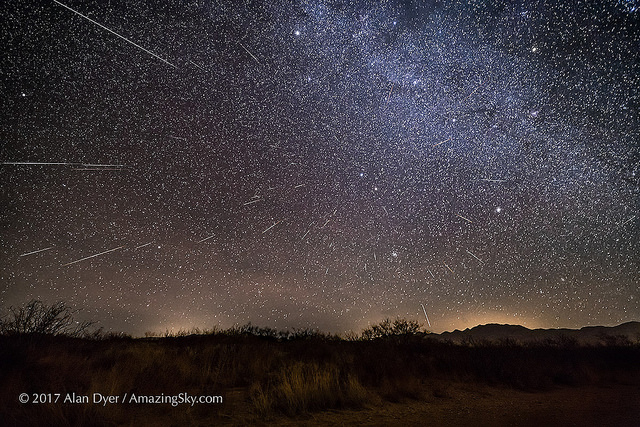
A relatively obscure meteor shower may put on a surprise performance in early December 2018. Chances are, you’ve never heard of the Andromedids, though it’s worth keeping an eye out for these swift-moving meteors over the next week. Continue reading “A 2018 Outburst From the December Andromedids?”
SpaceX to Launch 64 Satellites, Including Orbital Reflector
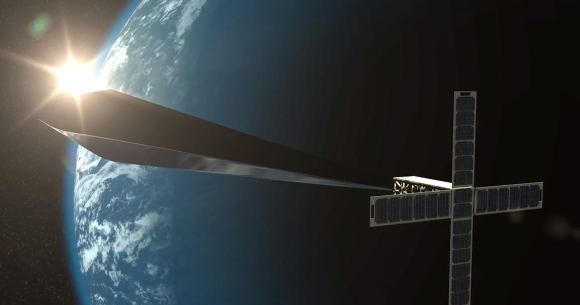
UPDATE – SpaceX has now set a firm date and time for the Spaceflight SSO-A launch from Vandenberg Air Force Base for Monday, December 3nd at 18:31 Universal Time (UT).
A unique smallsat mission promises to be the latest satellite “brighter than a Full Moon!” in the night sky… or not.
The Mission: We’re talking about Orbital Reflector, conceived by Trevor Paglen and fielded by the Nevada Museum of Arts. Dubbed as the “first art exhibit in space,” the $1.3 million dollar project seeks to put a smallsat payload with a deployable reflector in low Earth orbit. Continue reading “SpaceX to Launch 64 Satellites, Including Orbital Reflector”



